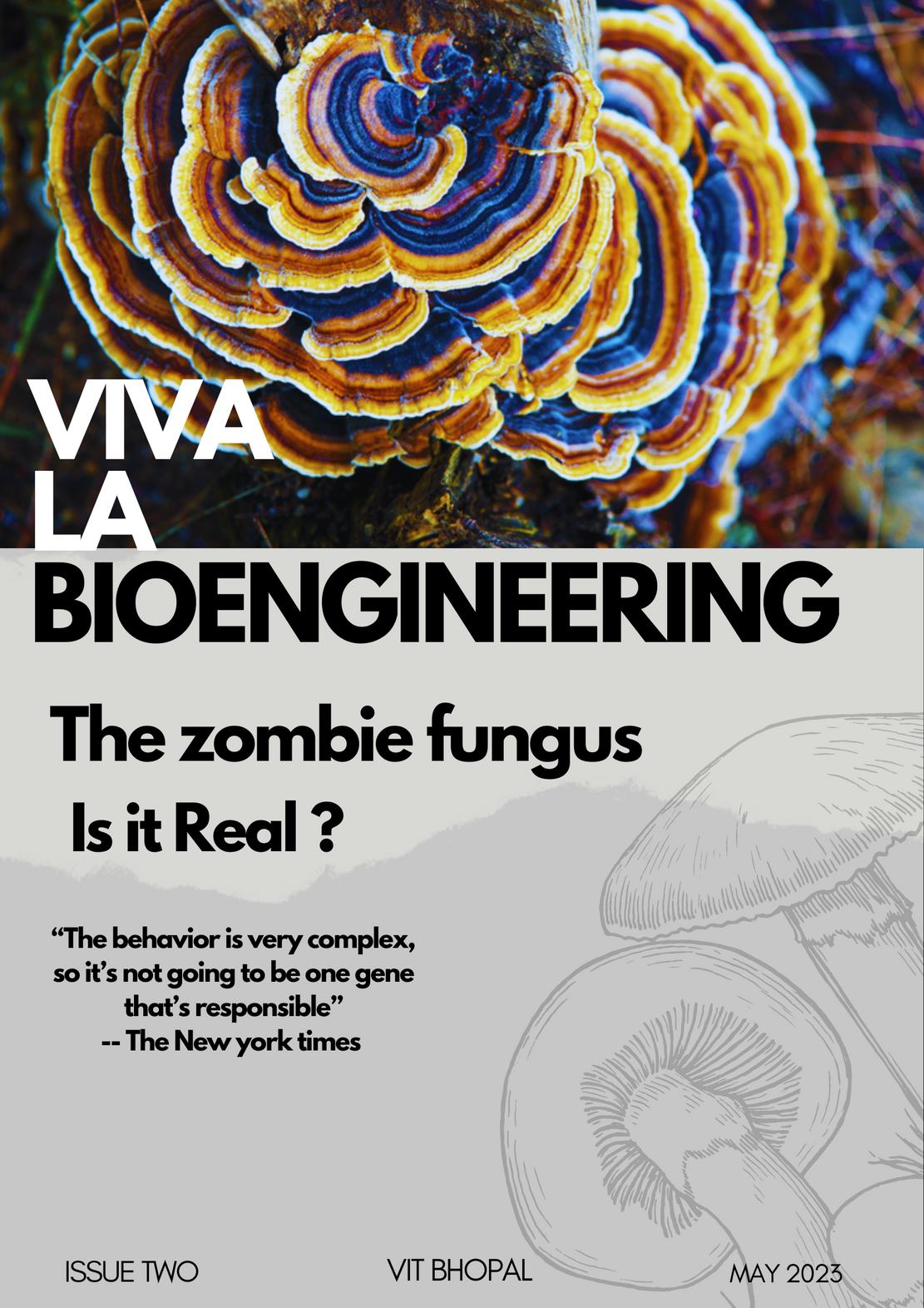

Editor's Note

We are back with another issue of Viva La BioEngineering. In this edition, we embark on a captivating journey into the mesmerizing realm of fungi. Often overlooked, these remarkable organisms possess an innate ability to both fascinate and mystify us. More specifically, we look at how these organisms manage to take control of other lower organisms. Needless to say, the popular TV show, The Last of Us, was our main motivation. If you have not watched it already, please do! We also delve into Organoid Intelligence - an amazing technology that might help in shaping the future. In the account of RABVIT'23, you will see that the s and truly a great bid you all adieu. The e new Leaders. We more and more, and
ChiefEditorThe threat of FunGI !
Have you heard of the post-apocalyptic theme of HBO’s The Last of Us? For those of you who didn’t, the fictional show is based off the possibility where Zombie-Ant Fungi infect humans and then wipe out humanity.
We’re here to talk more about the deadly fungus Ophiocordyceps unilateralis. It affects arthropods by draining the host completely of nutrients, and then infecting it with fungal spores which later on reproduce inside the body.
Now the more enthralling question is, what if it actually infects humans?
Our body temperature is above the range where this fungus can survive, but increasing global warming and other climatic conditions can cause it to adapt to higher temperatures. The risk is increasing!
It is going to take millions of years before this fungus can finally figure out how to breakdown our complex machinery. But, possibilities are endless! What do you think will happen to us? Do let us know!
The Zombie Fung Is
it Real?
Zombie Fungus
Cordyceps is often referred to as the “zombie-ant fungus because it primarily infects ants and other insects such a spiders.

The ant, or any othe insect host, will slow be consumed by the fungus while sendin out its own spores.
Zombified ants can b found hanging from leaves or other plant during this stage an after the fungus has fully consumed them
do? s using “mindet the insect to nts, essentially, ugs “zombies.” he fungus is to to migrate to a hospitable for to thrive and cally humid will drain the trients and then t’s body with ill allow for it to
ompel the host er ground and before it expels into the

Silver Leaf Disease
Silver leaf is a fungal disease of the wood and leaves of some trees, especially plums, apples, apricots and cherries. The fungus infects the wood through wounds and causes a silvering of the leaves followed by death of the branch.
Silver leaf fungus can infect people. A 61-year-old man was recently reported to have been infected with Chondrostereum purpureum, the fungus that causes silver leaf disease in plants, in the first reported case of its kind in India. This is a rare example of a plant pathogen crossing over into humans.
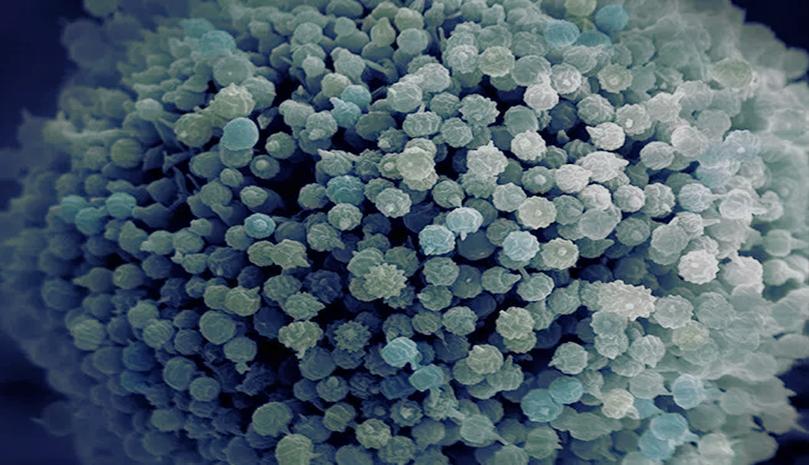
It speaks to the adaptability of the species and how specific conditions can trigger their effects.
We have seen the threat of fungi and how it is a potential danger to us. But, there are great benefits to the Kingdom Fungi. And we are taking a look at two of them here.
Promising Fungi for
Fungi have bee effective at bre substances, in recent study in fungi that were for waste disp LDPE bags. The results sh fungal strains able to break d one strain prov efficient. The f Aspergillus tub its DNA seque
The biodegrad verified throug electron micro transform infr These findings offer a viable s biodegradation particularly LD research is nee the biodegrada evaluate the pr on a larger sca
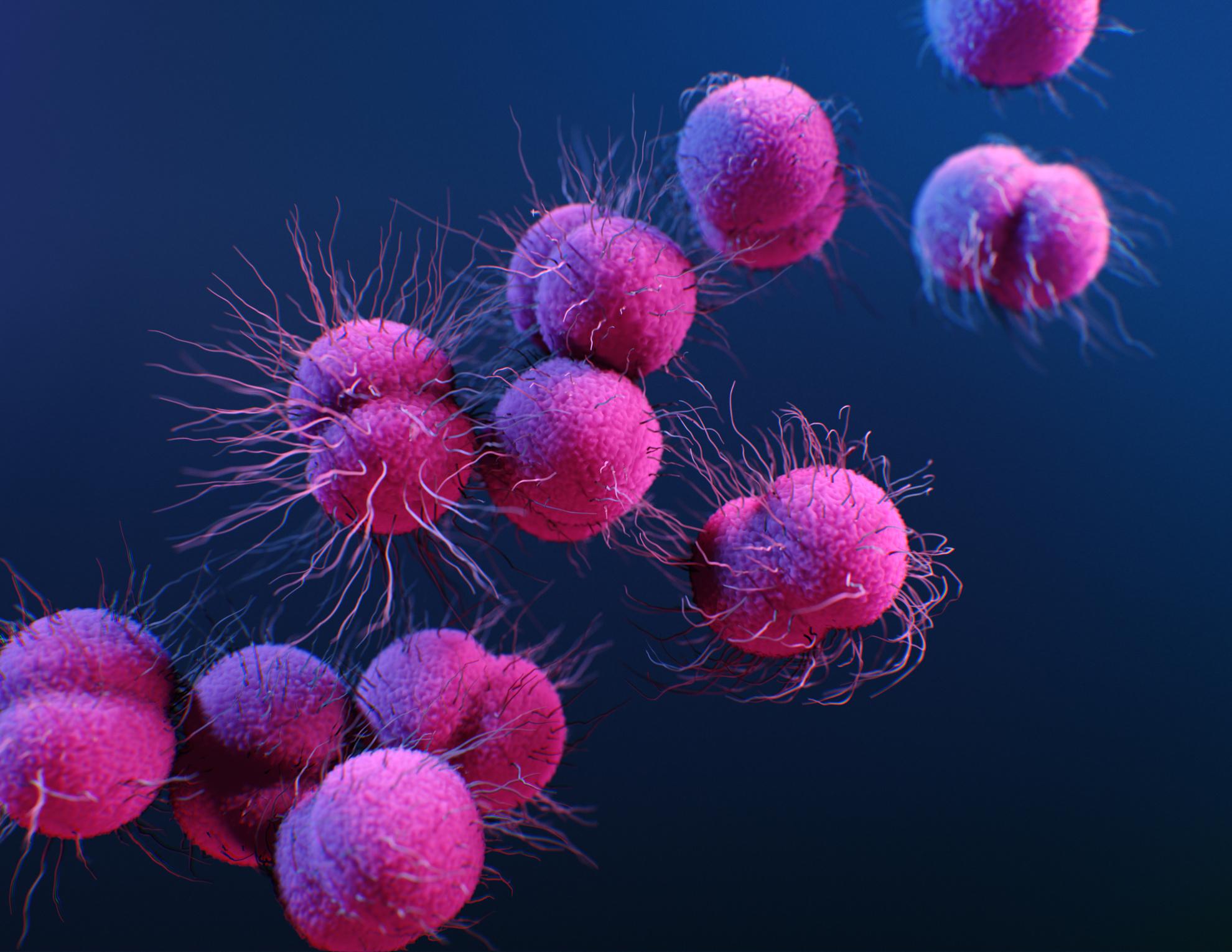
Fungi in medicine: Antibiotics to AntiCancer Agents and Anti-Diabetic Treatments
Cancer and diabetes are two significant health issues affecting many people worldwide. While conventional treatments exist, natural products derived from fungi offer potential alternatives for these conditions. Fungi have provided a few of the most important antibiotics, including cephalosporins, fusidic acid, and pleuromutilin.
Additionally, promising natural products derived from fungi with anticancer activity have been identified, such as irofulven and aphidicolin. Some species of Basidiomycota, such as Agaricus bisporus and Tremella fuciformis, have been found to have antidiabetic effects due to their bioactive metabolites and low digestible carbohydrate content.
Further research is needed to fully understand the long-term effects of medicinal mushroom products on diabetes treatment and to explore the potential of fungi-derived compounds for cancer therapy.
We celebrated the National DNA Day on May 25. It marks the completion of the Human Genome Project in 2003 and the discovery of the DNA double helix in 1953. In view of that, we have something very interesting for you.
Dancing DNA !
Scientists have captured images of DNA, revealing previously unseen twisting and squirming behaviours. Computer simulations revealed that DNA minicircles showed little movement, but extra twists brought the loop to life, resulting in vigorous movements that could help DNA find binding partners and facilitate growth.
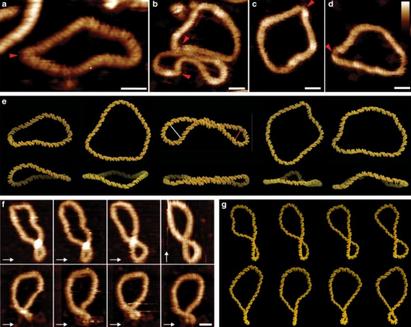
Further insights into DNA and its ability to become so compact could lead to improved diagnostics and therapeutics.
AtomicforcemicroscopyimageofDNA minicirclessupercoiling,forminganeverchangingarrayofoddshapes.
Source:NatureCommunications
Organoid Intelligence –Biocomputers Powered by Human Brain Cells
Scientists have developed Organoid Intelligence, a revolutionary approach to artificial intelligence that uses lab-grown brain organoids as biological hardware.
Inspired by the human brain, AI has been proved highly successful, boasting impressive achievements –from diagnosing medical conditions to composing poetry. Still, the brain outperforms machines often. What if instead of trying to make AI more brain-like, we went straight to the source?
Brain organoids are a labgrown cell-culture. They share key aspects of brain essential for cognitive functioning. While computers are certainly better with numbers, brains are superior learners and more energy efficient.
“Brains also have an amazing capacity to store information, estimated at 2,500TB,” said Prof. Hartung of Johns Hopkins University. While computers are reaching physical limits because more transistors cannot be packed into a tiny chip, the brain is wired differently, with about 100bn neurons linked through over 1015 connection points.
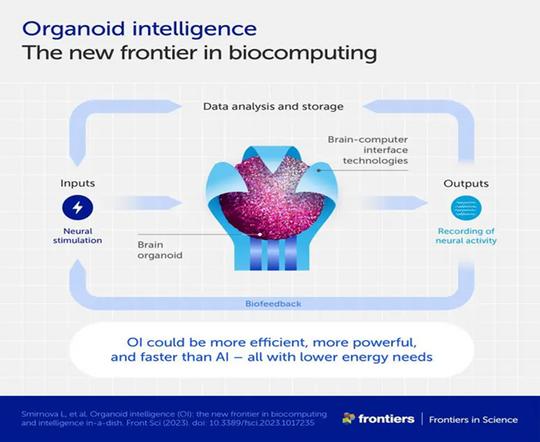
A ground-breaking technique developed by Noble Laureates Gurdon and Yamanaka shows brain organoids can be produced from adult tissues. Scientists can develop personalized brain organoids from skin samples to investigate how genetic factors, medicines, and toxins influence neural disorders or study Cognitive aspects of neurological conditions.
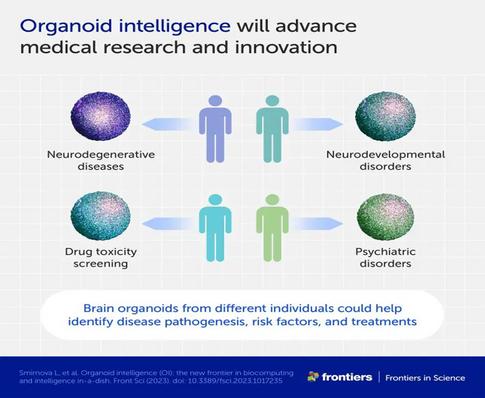
Fostering Innovation and Collaboration: The RABVIT'23 Symposium Introduces Exciting Bioengineering Frontiers
Recent Advancements in Bio-Engineering VIT, or RABVIT, is the flagship Bioengineering event. RABVIT'23 was a two-day symposium by the Bioengineering Club of VIT Bhopal, began with an inspiring inauguration by Dr. Siddharta Maiti. Esteemed speakers, including Dr. Sangeeta Kasturi and Dr. Rajnarayan Tiwari, discussed emerging life sciences technologies and the power of local contributions for global impact and projects like Project "AASTHI" for aseptic screening of toxicants in human immune cells with the principal objective to make bone tissue available for research antidepressants, and provoking discussions.
Participants showcased their expertise, promoting knowledge exchange. Day 1 of RABVIT'23 was a great success, focusing on teamwork and innovation in bioengineering.
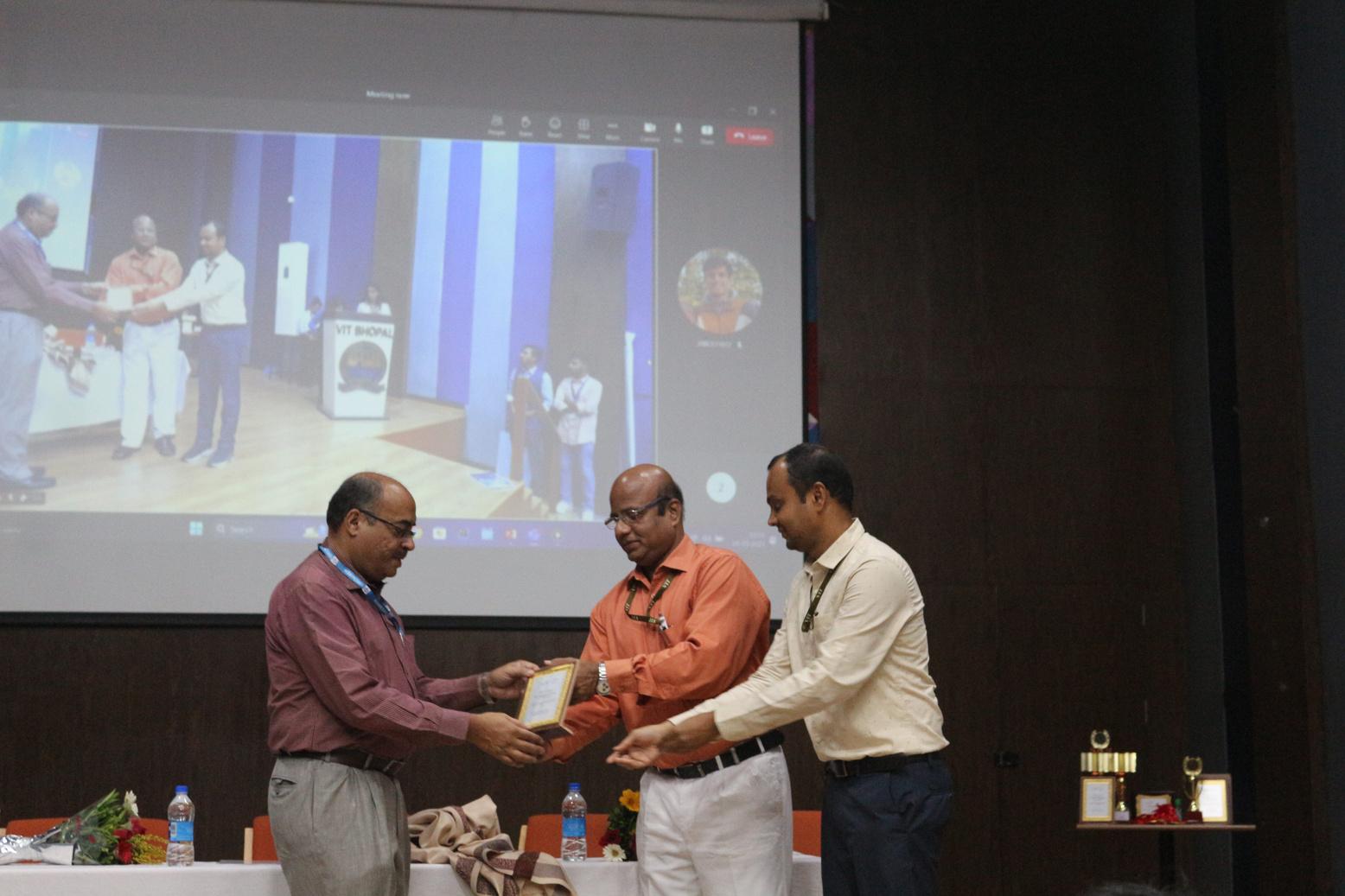
Day 2 had interesting guests like Dr. Somaditya Sen and Dr. Milind
B Ratnaparkhe. They shared their knowledge on multiple important topics like issues in agricultural, Legume crops, use of biosensors on food safety, Germplasm characterization on soyabean and so on. Post lunch, Dr. Rahul Srivastava talked about Biosensors and detection of oral cancer, types of biosensors and optical detection method electro chemical , approach for sample biomarker essay. The last speaker of the day was Dr. Ganesh Chandra Sahu and he talked about Viral epidemiology, how Covid 19 Zica virus patients are being given free treatment by Indian government, Influenza virus infection, Anti-viral drugs, anti influenza and anti-hiv.
These lectures were interesting and fascinating for the attendees. Followed by this, there was the conclusion ceremony, which perfectly brought an end to this amazing event.
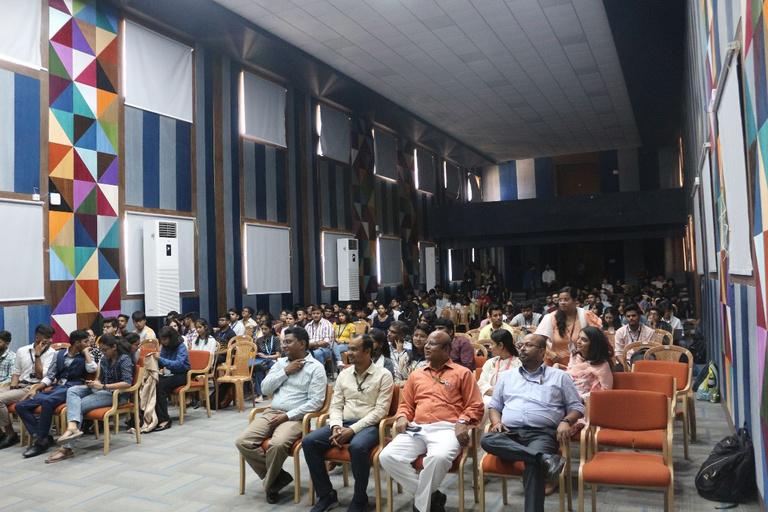
VivaLaBioengineering
Innovation and Inventions at the intersection of Biology and Engineering


